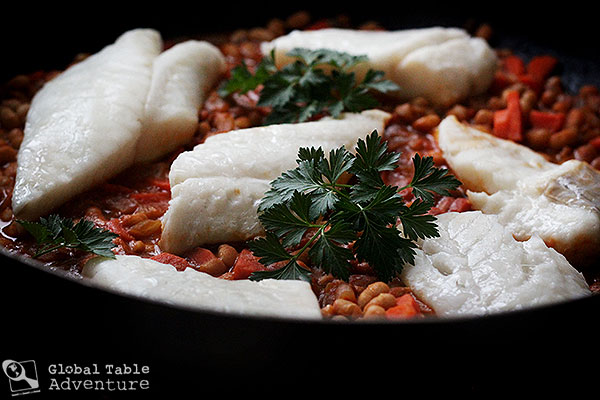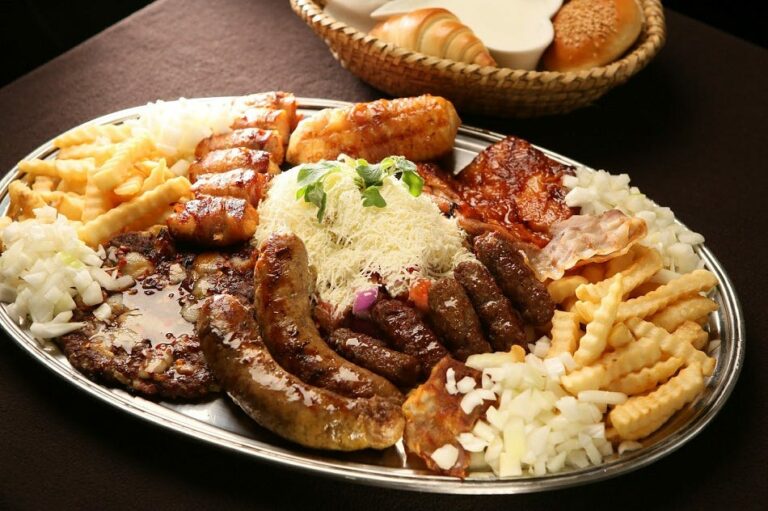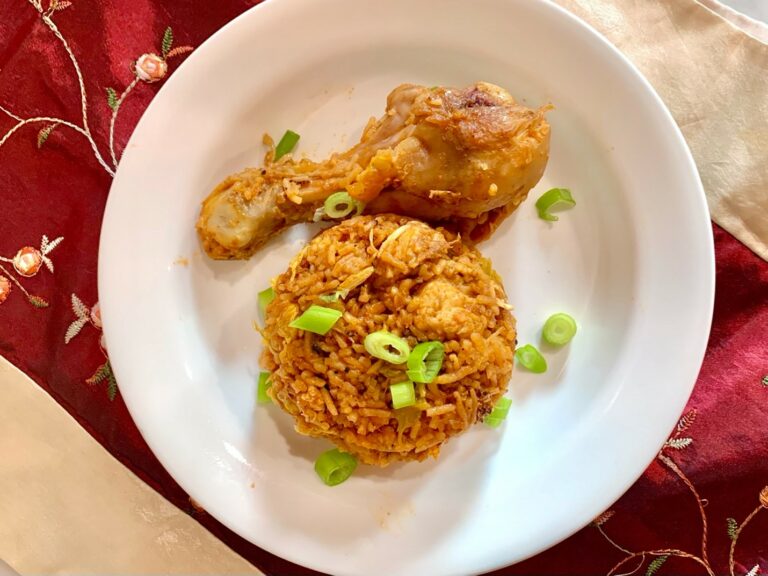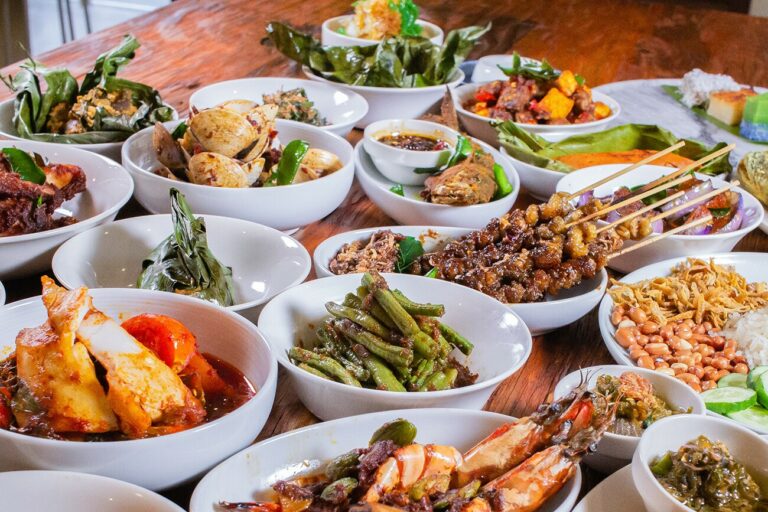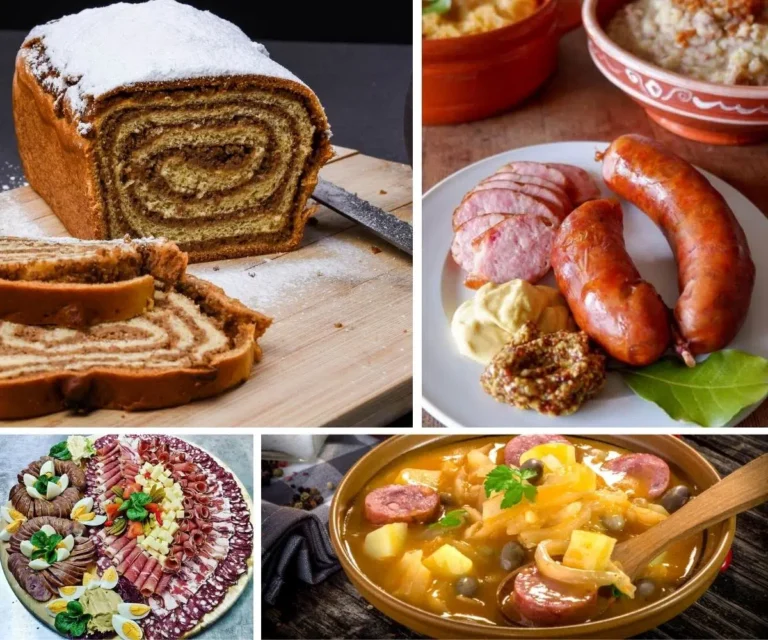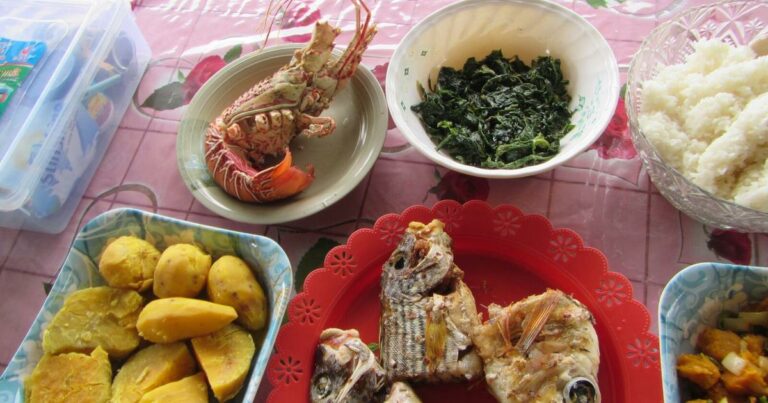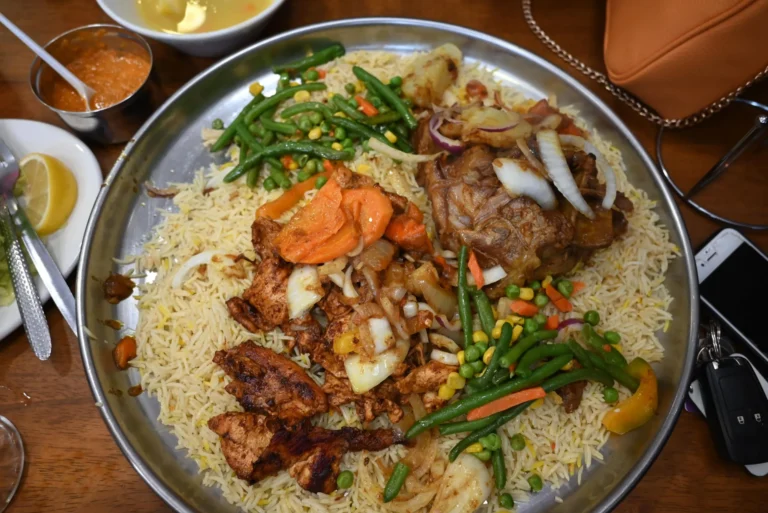Introduction to São Tomé and Príncipe cuisine
São Tomé and Príncipe is a small island nation located off the western coast of Africa. The country’s cuisine is influenced by its Portuguese colonial history and the use of local ingredients. Fish, seafood, beans, and plantains are some staples of São Tomé and Príncipe cuisine. The dishes are often simple yet flavorful, and the use of spices is prevalent.
Overview of spices used in São Tomé and Príncipe cuisine
Spices play a crucial part in São Tomé and Príncipe cuisine. The cuisine is characterized by the use of various spices, such as paprika, chili pepper, garlic, ginger, and bay leaves. These spices add a unique flavor and aroma to the dishes. The use of these spices is particularly evident in stews and soups, which are a staple of São Tomé and Príncipe cuisine.
Traditional dishes in São Tomé and Príncipe cuisine
Some of the traditional dishes in São Tomé and Príncipe cuisine include calulu, fish stew, and bean stew. Calulu is a dish made with dried fish, vegetables, and palm oil. Fish stew is made with fresh fish, tomatoes, onions, and spices. Bean stew is made with beans, vegetables, and spices. These dishes are often served with rice or plantains.
Heat level in São Tomé and Príncipe cuisine
São Tomé and Príncipe cuisine can be spicy, depending on the dish and the amount of spices used. Some dishes are spicier than others, but most dishes have a moderate spice level. The use of chili pepper and paprika adds a subtle heat to the dishes. However, the heat level can be adjusted to personal preference by adding or reducing the amount of spices used.
Variations in spiciness across different regions
There are no significant variations in spiciness across different regions in São Tomé and Príncipe. The level of spiciness is consistent across the country, with only slight variations in the amount of spices used depending on the region’s culinary traditions.
Conclusion: Is São Tomé and Príncipe cuisine spicy?
In conclusion, São Tomé and Príncipe cuisine can be spicy, but most dishes have a moderate heat level. The use of spices is prevalent, and they add a unique flavor and aroma to the dishes. The level of spiciness is consistent across the country, with only slight variations in the amount of spices used depending on the region’s culinary traditions.

